The light morning rain yesterday was a welcome relief. Two weeks with relatively low humidity and no rainfall, following a three week hot, humid, dry stretch, has sapped ground moisture and stressed the Spring blooming perennials so they look ready to jump into dormancy. All will be fine next year, but they’re a bit haggard now.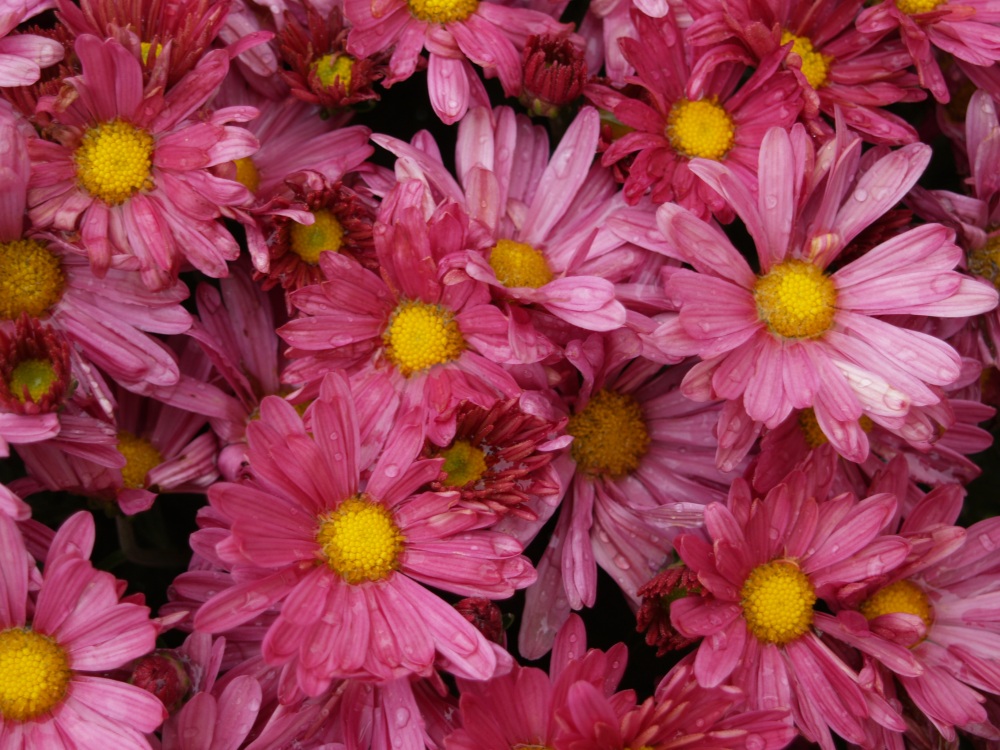
Tuesday’s rain was barely enough to keep the dust down, more is desperately needed, but better than none at all. I don’t irrigate my Virginia garden, so despite deep digging the planting beds, they’re parched. With visitors in town next week for a family wedding I’m nearly inclined to drag the hose around, but I’m afraid the plants will get spoiled and demand more attention later.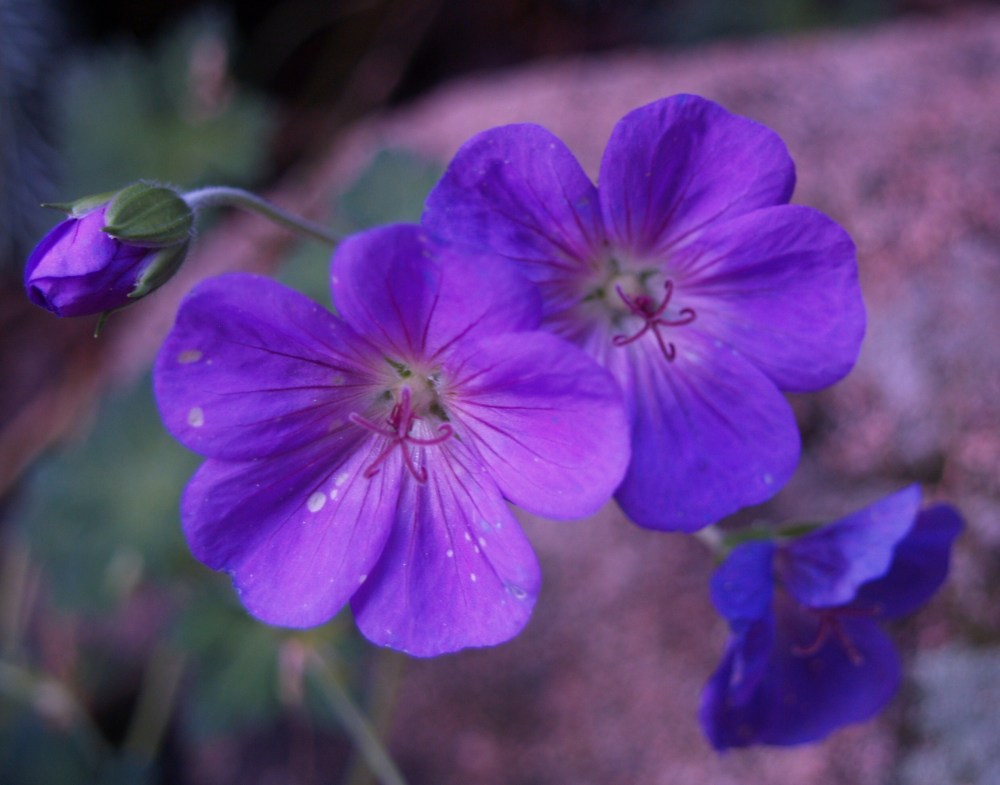
Much of the garden still looks happy despite the stressful conditions, with many delightful late Summer bloomers. For some, the timing is a bit too late to plant for color this year, but others are just beginning their show. Over the past weeks we’ve seen coneflowers, salvias, geraniums (Geranium ‘Rozanne’ above), hydrangeas, caryopteris, butterfly bush, abelias, and a bunch of others blooming through the hottest, driest days of Summer. 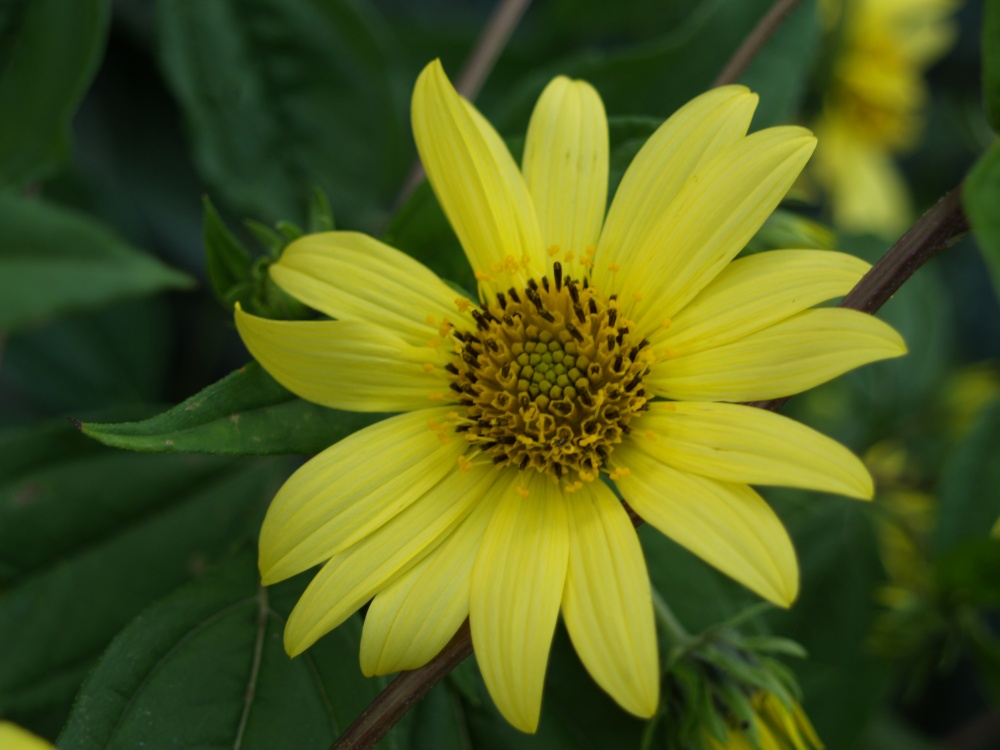
In the coming weeks we’ll see Sedums, Toad lilies (Tricyrtis), Asters, Sunflowers (Helianthus ‘Lemon Queen’ above), Goldenrod (Solidago), and Joe Pye weed (Eupatorium), along with others that have momentarily slipped my feeble mind. And we must not forget the Fall mums (though I haven’t room in the garden for even a few, top of page photo, and below).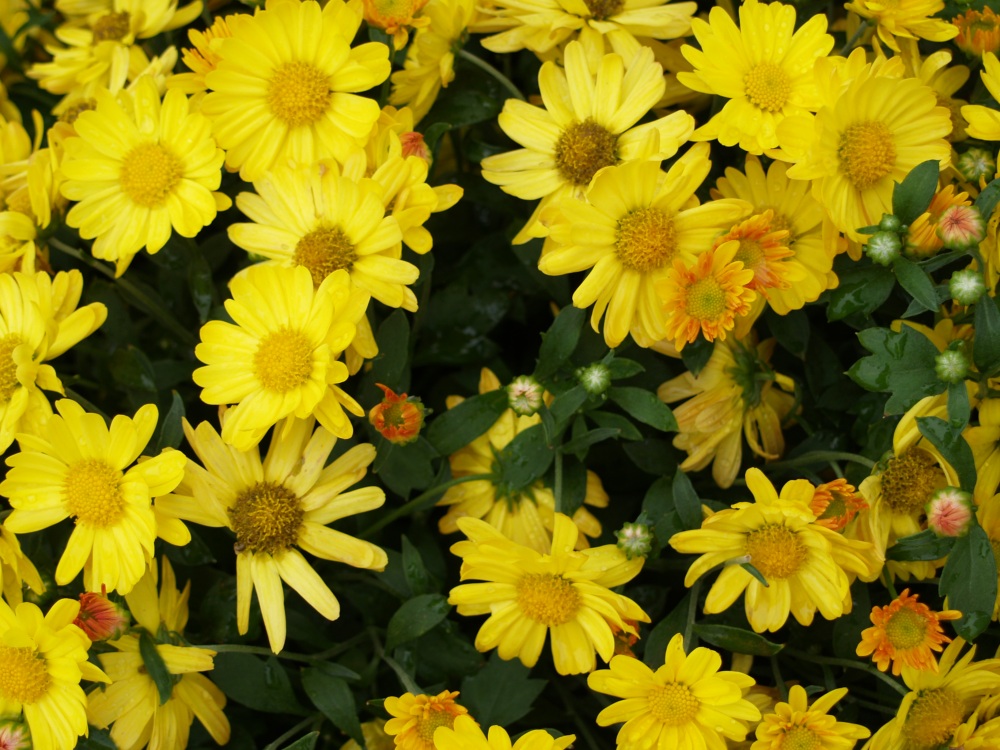
Though most people utilize mums as a disposable annual, they are cold hardy and a useful perennial. They require a regular pruning regimen, or will grow loose and leggy, much like many other perennials, and exhibit far fewer blooms.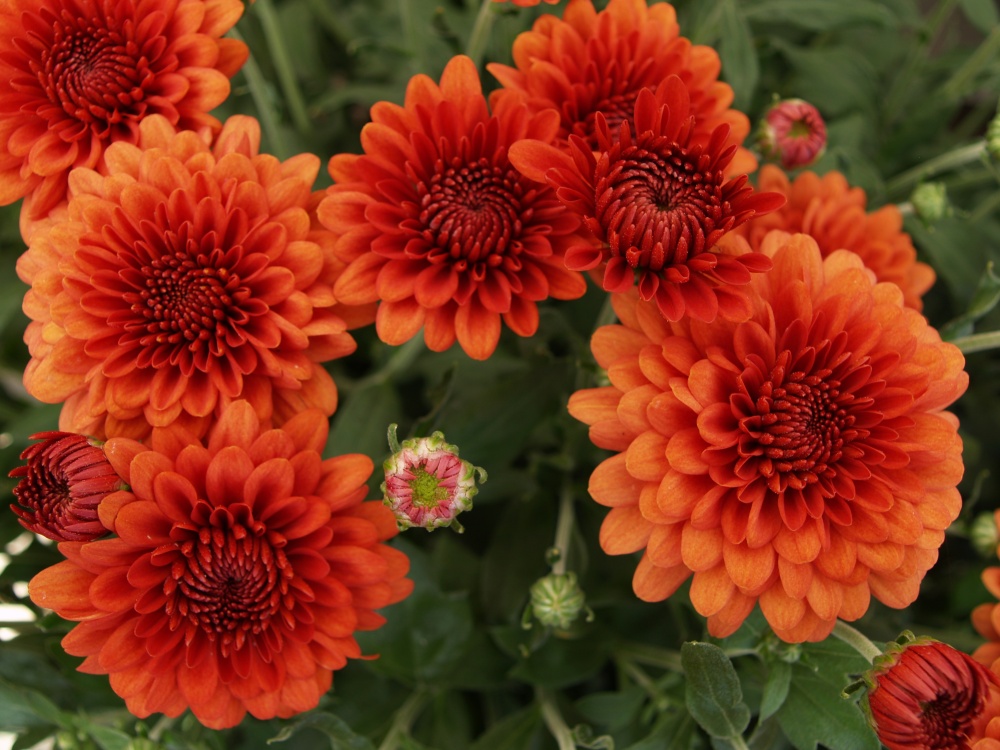
More widely accepted as perennials for early Fall blooms are the Asters (below). Many are pruned in a manner similar to mums with flowers covering the foliage for several weeks.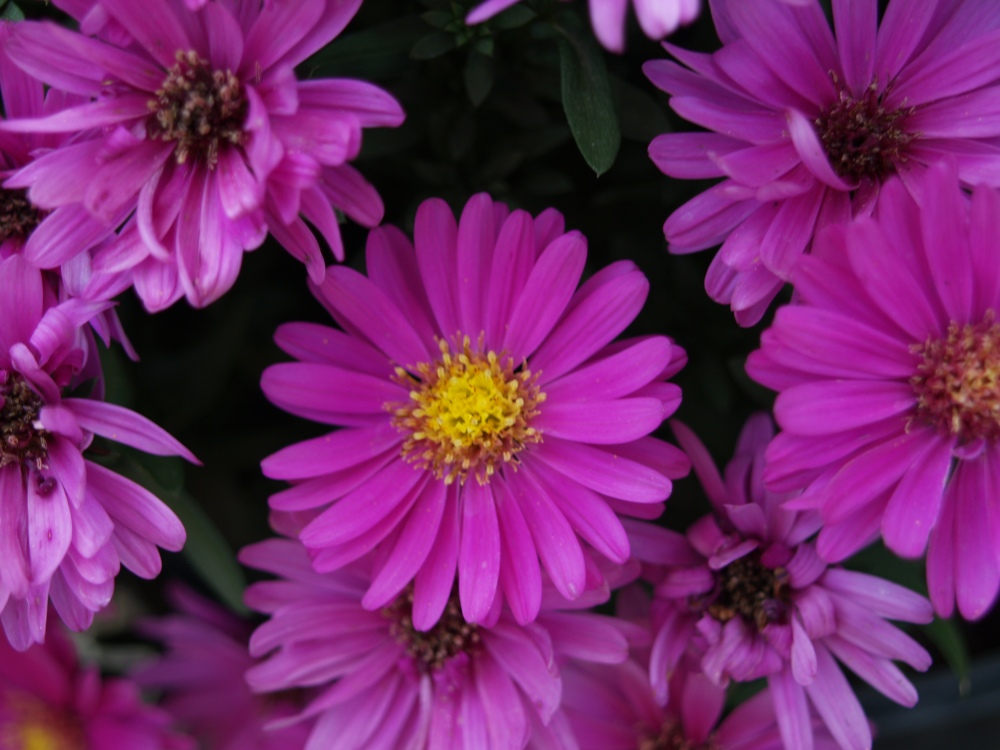
There will be much to cover over the next weeks. With a bit more rain over the next couple days perhaps we’ll get a little moisture back in the ground to green things up.
You take exceptionally lovely photographs… I thoroughly enjoyed my visit through each of your posts. I have to say I didn’t know that caryopteris had a variegated form. It is lovely.
Thanks. The key to good garden photos is the right light, an autofocus SLR digital camera, and take several shots from slightly different angles. The ideal light for garden photos is a bright cloudy day, or a sunny day where the sun just slipped behind a cloud.
The variegated caryopteris is well worth the effort to hunt down a mail order supplier to find. In the second year mine were full size. I don’t understand why the large nurseries don’t grow it. It was a little slow to come out after the Winter this year, but then it quickly grew as well as ever. Dave